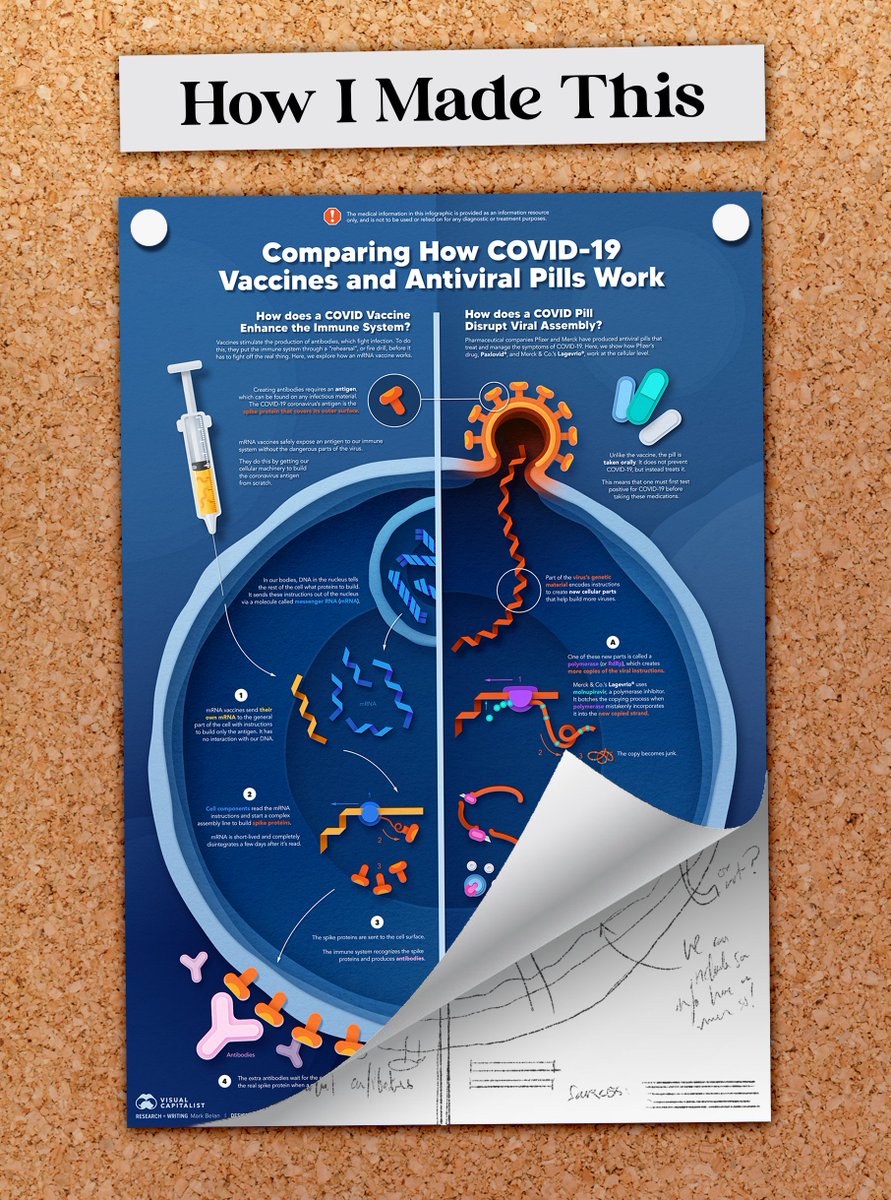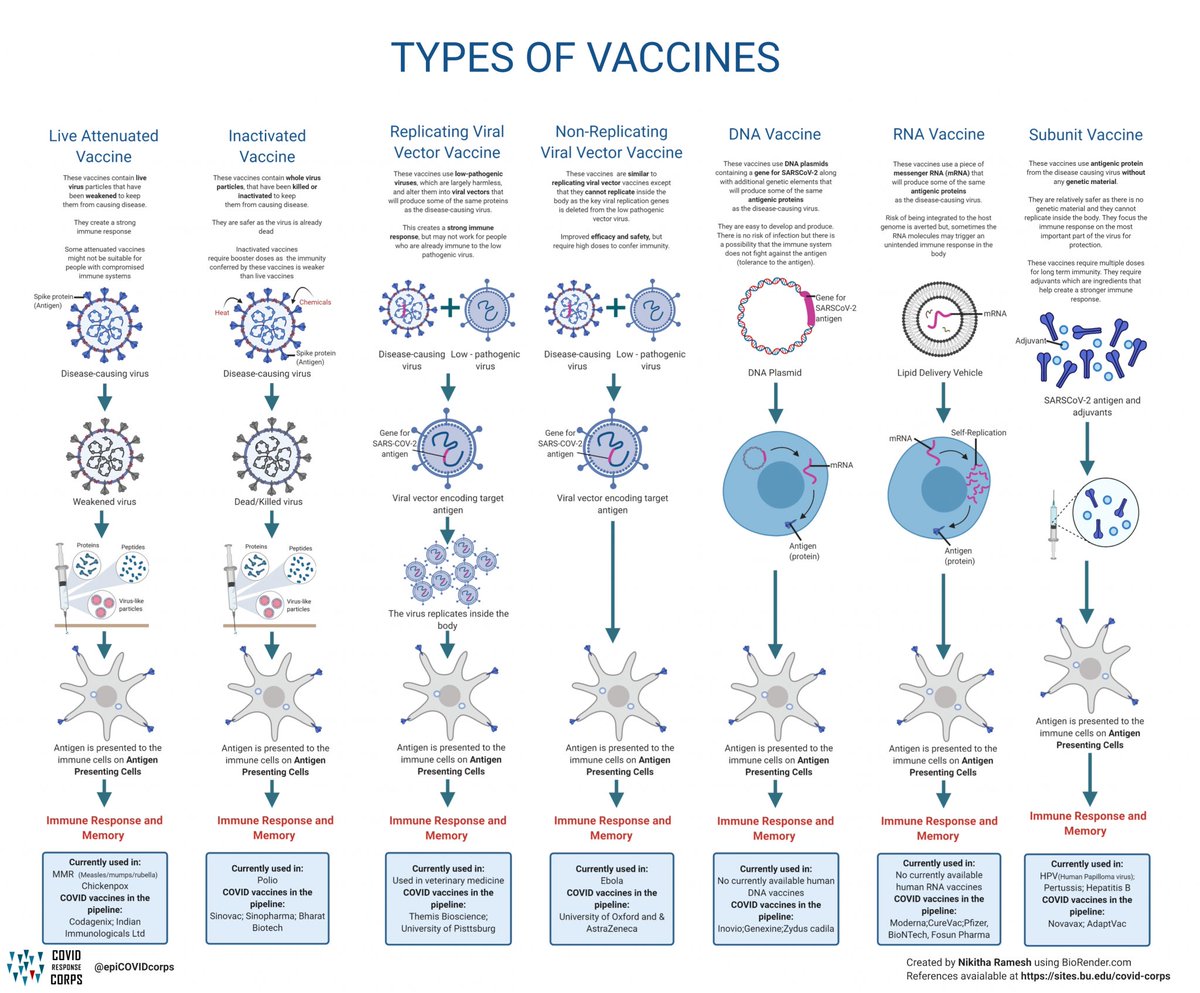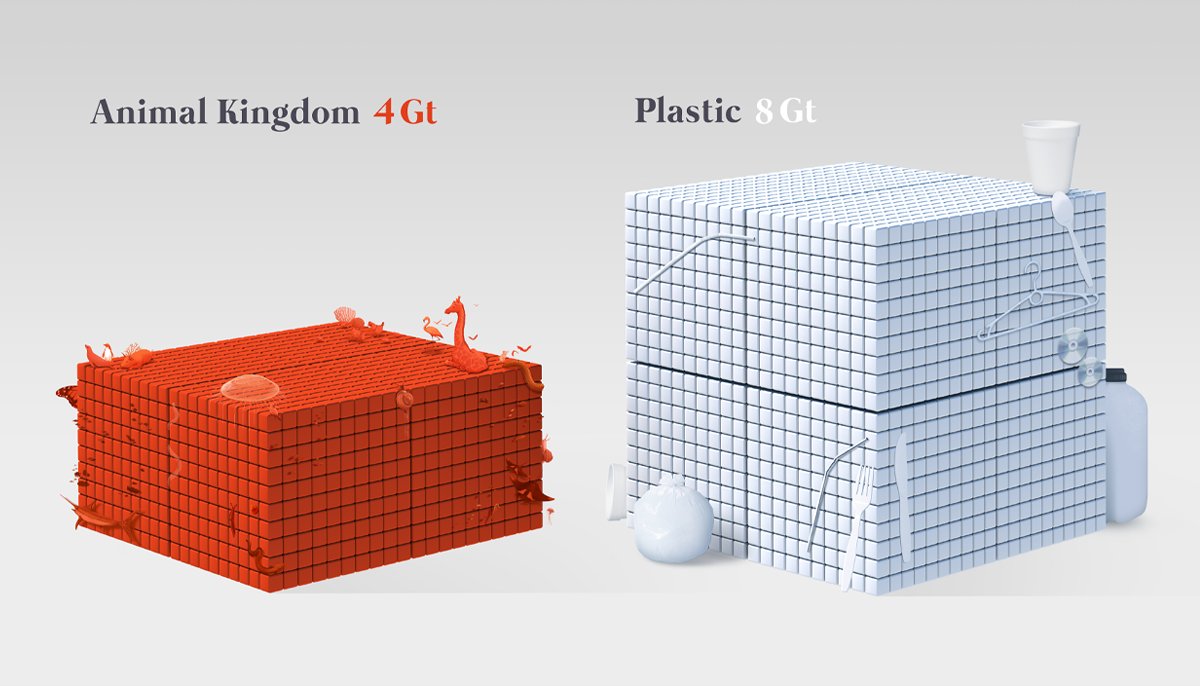
Alright, gonna try sharing some of my visual strategies + tips for visually communicating science on a more regular basis.
🧵 Let's start off with figure labelling. And let's use this image from a paper I just read as an example:
#science #biology #scicomm #vizscicomm #datacomm
🧵 Let's start off with figure labelling. And let's use this image from a paper I just read as an example:
#science #biology #scicomm #vizscicomm #datacomm

First - I love the stippling illustrations. This is a nice technique that offers good contrast between structures.
The labelling, however, is a serious impediment to the eye. Subconsciously, our brains are trying to break this down + are taxed with making sense of this info🧠⚡️
The labelling, however, is a serious impediment to the eye. Subconsciously, our brains are trying to break this down + are taxed with making sense of this info🧠⚡️

When we visually communicate technical images, we need to be mindful of how the eye travels, what information it's picking apart, and how we can alleviate any strain or taxation that may interfere with - and disrupt - our ability to absorb new information. 

Identifying these obstacles is key to knowing what steps to take when improving graphical communication.
First off: we're comparing 6 structures. How do I know?
There's labelling A-F.
What's terrible?
The letters are hidden amongst a flurry of other letters
First off: we're comparing 6 structures. How do I know?
There's labelling A-F.
What's terrible?
The letters are hidden amongst a flurry of other letters

Moreover, this figure starts off with the letter B instead of A. English/Western societies read left to right and top to bottom, so this is confusing.
We can improve the readability and flow of these diagrams when we restructure them into the following:
We can improve the readability and flow of these diagrams when we restructure them into the following:

You can see I've structured things in a legible order: from A to B, top left to bottom right. This is much more conducive and understandable, and isn't forcing our brains to pick the info apart.
I used a simple grid layout to loosely structure the spacing and arrangement:
I used a simple grid layout to loosely structure the spacing and arrangement:

You'll notice I also separated the title text (the A, B, C, D, E, F) from the figure text by placing it in the same position in each figure and differentiating it with a separate style.
There's many ways you can do this: different font, new color, graphic style, positioning, etc


There's many ways you can do this: different font, new color, graphic style, positioning, etc



The other difficult thing with this figure is that the labelling is a series of letters.
Some letters are repetitive (ex: C, CC, RPCN, EC, RC, etc.) The eye must work to differentiate and discriminate all of these labels.
Some letters are repetitive (ex: C, CC, RPCN, EC, RC, etc.) The eye must work to differentiate and discriminate all of these labels.
In addition, the legend is likely hiding in the text box that accompanies this figure, meaning the eye must jump back and forth between visual + text... AND search for the corresponding translation (see example below) ⬇️
This is straining + wasteful to the learning experience.
This is straining + wasteful to the learning experience.

☝️🏻When you have repeating information, it's usually a sign you can condense things. Noticed a lot of the same labels across these figures?
Since we're comparing morphology, color is an excellent key to use. It also removes the need for obstructive leader line labelling:
Since we're comparing morphology, color is an excellent key to use. It also removes the need for obstructive leader line labelling:

ℹ️ Aside: I don't have full access to the paper, so I could only partially fill out some of these figures. Ideally, all colors would be appropriately labelled in the legend, and figures should make full use of the color!
The value in this is that the eye is able to immediately establish relationships between figures. You can tell that D is a zoom-in figure of what's going on in A, and that F is the same wrt the lowest portion of D.
This is visual mind-mapping: it's saying things w/o words!🌞

This is visual mind-mapping: it's saying things w/o words!🌞


There's other strategies one can take to get the same message across.
You can introduce only a few colors to start with in the first figure: then whenever a new component is added, introduce the corresponding color (see below; again, not accurate)
You can introduce only a few colors to start with in the first figure: then whenever a new component is added, introduce the corresponding color (see below; again, not accurate)

The above example is a bit crunchy, because there's so much white space between some of the figures. I might change the layout of the color guide to look a little smoother: 

Whichever tactic, you can see that this layout + organization is much improved compared to the figure that was published.
Using design principles + color theory are excellent tools to creating smoother, more intuitive interpretations of data/information.

Using design principles + color theory are excellent tools to creating smoother, more intuitive interpretations of data/information.


Labelling is not just a matter of pointing and showing: we can label with salience, using visual properties to call attention and guide the eye.
I used color in this example since it was the most intuitive, but there are many other techniques available depending on your data:
I used color in this example since it was the most intuitive, but there are many other techniques available depending on your data:

Hope this is interesting to some. It's not perfect - just something I wanted to share after I saw this in a paper. I can perfect it with (in?) time.
Hoping to do more tidbits of strategies/tips/mini-tutorials so that you can better convey your science research and materials.
Hoping to do more tidbits of strategies/tips/mini-tutorials so that you can better convey your science research and materials.
• • •
Missing some Tweet in this thread? You can try to
force a refresh












